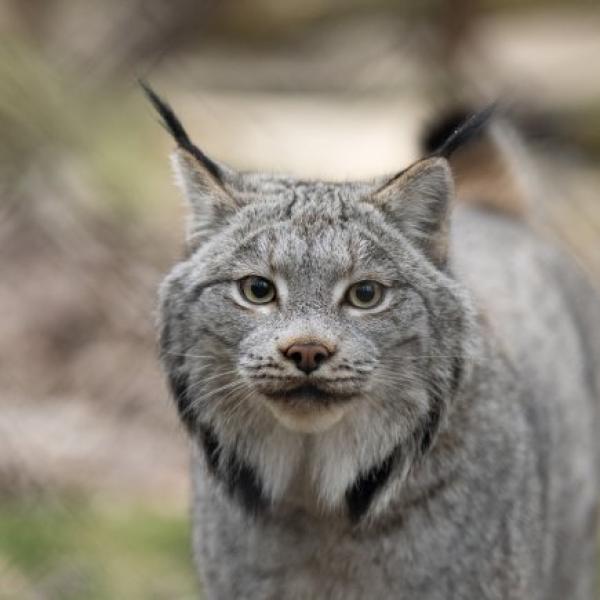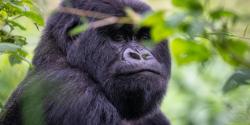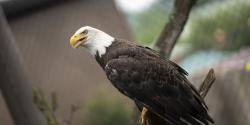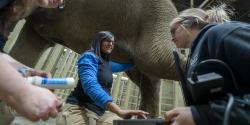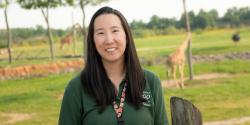The Canada lynx mainly eats snowshoe hares, which make up about 60 to 90% of their diet. This relationship between the lynx and the hares is special because no other cat species is as closely connected to its main food source.
The numbers of lynx and hares influence each other. When there are many hares, the lynx population grows. However, if the hare numbers drop, lynx have to find other food, like ground squirrels, grouse, or foxes. This shift impacts lynx populations, making them decline. Scientists are not entirely sure why hare populations fluctuate, but they follow a cycle of about 8 to 11 years. During these cycles, the number of hares can increase up to 25 times and then suddenly decrease.
More than 200 years ago, trappers from the Hudson's Bay Company noticed this rise and fall in the numbers of both snowshoe hares and Canada lynx while working in the fur trade.
Scientific Name: Lynx canadensis
Conservation Status: Least Concern
Size: Body length from nose to rump is typically 30 to 40 in., with the tail adding 4 to 6.5 in. onto that. Height at the shoulder is generally 20-24 inches.
Weight: Weight can range from 22 to 42 pounds, with the males generally being larger than females.
Median Life Expectancy: 15.1 years

